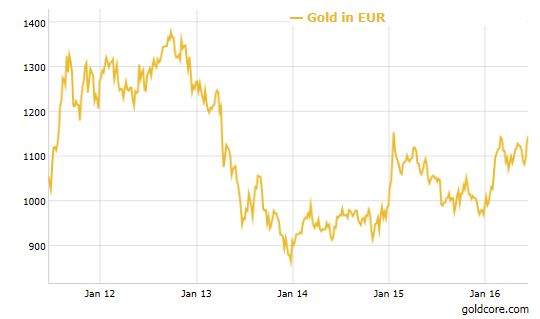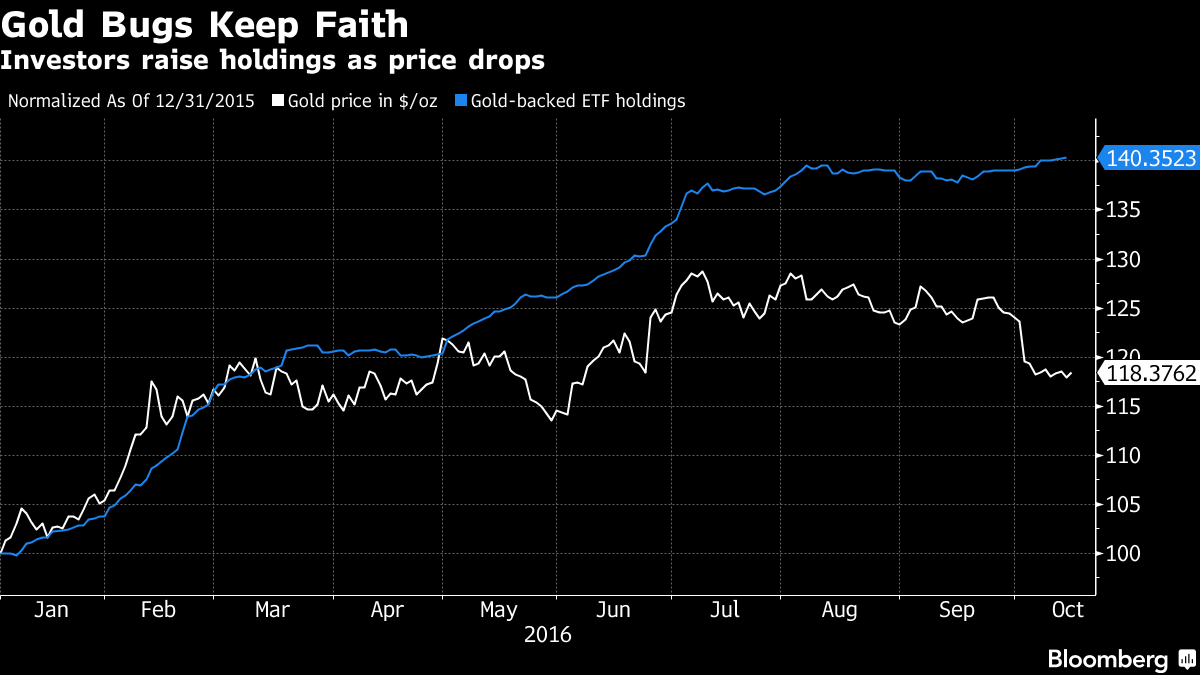It isn’t often such a clear market signal is painted such as the impending real estate market collapse. It doesn’t take sophistocated algorithms or an MBA from Harvard to add up the math and the data and see that we’re on the precipice of a historic real estate asset cliff; and that the market is waiting for an ‘event’ to tip it over. That event, it can be
Hurricane Matthew. That means this can all unfold THIS WEEK. For those of us who have been following this trend for a long time (like, more than 10 years) this isn’t news, it’s just the obvious result of bad planning and decades of building a foundation on the wrong things (this is an educational metaphor – Real Estate Investors built their knowledge on the wrong ideals, the false axioms, and thus – invested in the wrong markets, on markets build on soft, unstable foundations…).
Bubbles have persisted for years, but this last bubble that caused the 2008 crisis was based on real estate. For a long time, US real estate prices always went up; until they didn’t. So what changed in 2008? Enter Quantitative Easing, a program designed by the Fed to create ‘liquidity’ in the market that was otherwise illiquid. Starting out buying ‘toxic’ assets no one wanted, now the Fed has a diversified portfolio of many assets, much of which is real estate. This is not the only thing propping up the real estate market. Also, the Fed has given banks and hedge funds HUGE access to cheap capital, or free capital, in large quantities.
Let’s take the world’s largest, as the best example; Blackstone, with $100 Billion + to invest in real estate:
Blackstone, helmed by global head of real estate Jon Gray, is the largest real estate private equity firm in the world. Since raising their first opportunistic real estate fund in 1997, Blackstone has been a dominant player in the industry with their simplified opportunistic philosophy of “buy it, fix it, sell it”. Just this month, Blackstone real estate surpassed a staggering $100 billion in assets under management. As part of a push towards a longer hold, core plus strategy, they recently closed the largest ever PE real estate fund at $15.8 billion. Furthermore, Blackstone recently acquired Chicago’s iconic Willis Tower, which they plan to enhance through value add renovations and a repositioning of the tower’s retail space.
Well, not all $100 Billion is invested in Real Estate, but remember, they are leveraged, so they don’t buy for cash, so it’s not known what they’re real ‘real’ estate portfolio is. Between the Fed buying MBS (Mortage Backed Securities), Hedge Funds & Private Equity Funds like Blackstone, and your typical foreign buyers fleeing corruption or a crashing economy in their own market – real estate is highly inflated. This is of course, exaggerated in niche areas; Los Angeles, San Francisco, Las Vegas, Boston, New York, Miami, Greenwich CT, and many, many others.
Just take a look at what you get in Ohio for $4M and
what you get in San Francisco for $4M. Hmm… Something doesn’t add up here. People in CA shocked at non-CA market values. Hmm… and there’s high state taxes in CA, and pollution, a water drought, and
fallout from Fukushima irradiating the crops and population, explosion of cancers. Where do I sign?
Years ago, analysts said that in 50 years Florida will be underwater. Real Estate investors didn’t feel that their feet were wet, so they ignored this. Well, these analysts were wrong – it’s happening much, much, much faster. Miami-Dade County is going to be hit the hardest. If you don’t know about this issue,
read this article here “A Rising Tide” :
“This whole beautiful landscape’s going to change,” he said. Miami Beach consists of a long, low barrier island accompanied by a scattering of manmade islets. It’s one of the lowest-lying municipalities in the country, and its residents are leading the way into the world’s wetter future. Along the island’s low western side bordering Biscayne Bay, people have come to dread full-moon high tides, when salt water seeps into storm-drain outlets and the porous limestone that provides the island’s foundation, forcing water up and out into the streets and sidewalks and threatening buildings and infrastructure. And Miami Beach is just one small part of a region that’s in big trouble. If sea levels rise as projected, no major U.S. metropolitan area stands to rack up bigger losses than Miami-Dade County. Almost 60 percent of the county is less than six feet above sea level. Even before swelling of the seas is factored in, Miami has the greatest total value of assets exposed to flooding of any city in the world: more than $400 billion. Once you account for future sea-level rise and continued economic growth, Miami’s exposed property will far outstrip that of any other urban area, reaching almost $3.5 trillion by the 2070s. The sea level around the South Florida coast has already risen nine inches over the past century. Among experts, the optimists expect it to edge up another three to seven inches in the next 15 years and nine inches to two feet in the next 45 years. More pessimistic (some say increasingly realistic) predictions say the rise will be much faster. Even the very gradual rise of recent decades will make extensive infrastructure reengineering necessary—Mowry’s job. However, according to a report published by the Florida Department of Transportation, it will become difficult, expensive, and maybe impossible for these efforts to keep up with the accelerated sea-level rise that is actually expected.
Matthew is now heading toward Jamaica, at which point it may settle down; Jamaica has mountains which Hurricanes don’t like.
But Florida is being warned.
Traders, tomorrow’s trade is easy; put in your buy limits above the MAs on HD, LOW, and get ready to short homebuilders, and other South Florida real estate companies. This week is going to be a wild ride for real estate, regardless if Matthew hits FL or not.
This will hit the rent market too – as values collapse, rents will too. Not only that, but a bad economy will put pressure on renters and their ability to pay. This recent bubble, in both housing values, rent prices, and other assets – is just that. A bubble. It will pop. And as we saw in 2008, each time the bubble bursts, the drawdown is a little deeper. But real estate in particular recovered with the help of the Fed and numerous Fed players, as this was a political victory as well as an economic one. It was seen as helping Main St. as well as Wall St.
Pain – is the only real teacher!
Like this:
Like Loading...




 Gold in Euros – 5 Years
Gold in Euros – 5 Years


